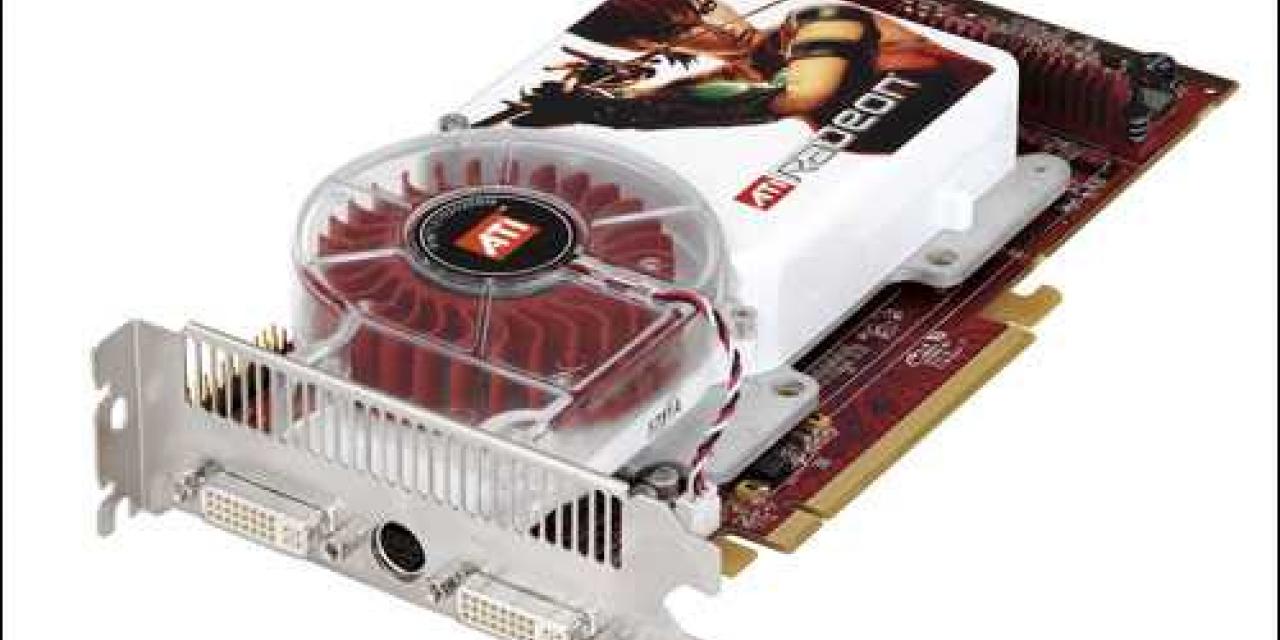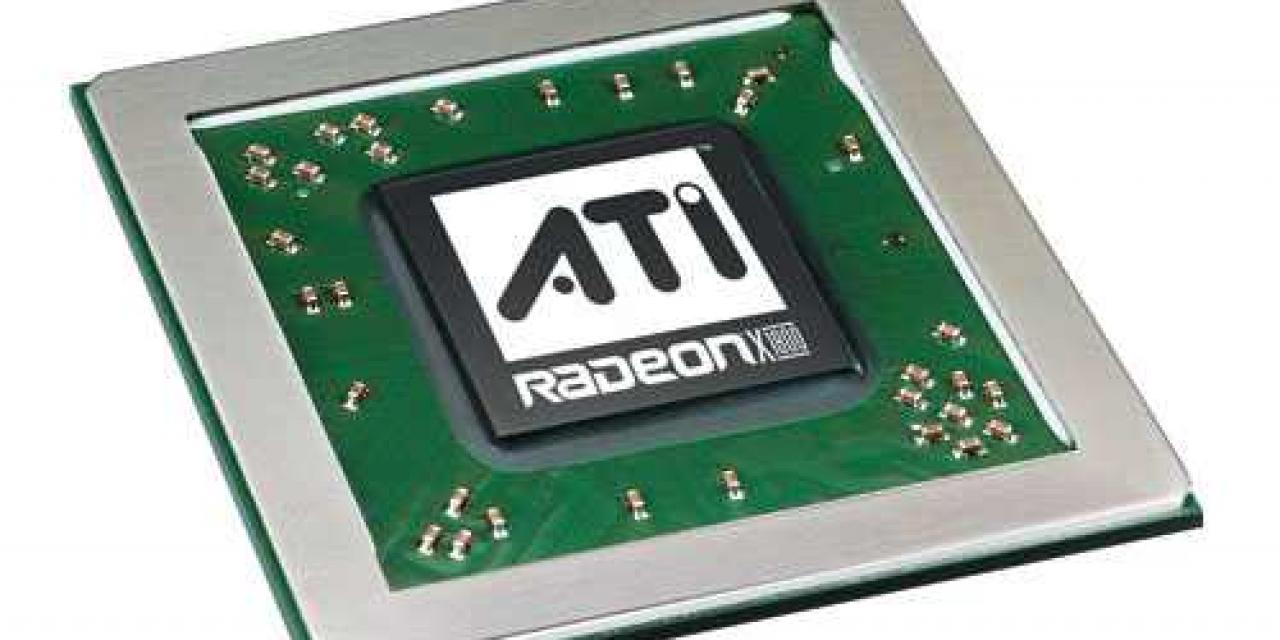



ATI has now officially released its X1K range of products, in a design which brings so many changes to the company's line-up that it becomes hard to keep up. ATI may have been left behind by nVidia this summer but the Canadians are back and they want top spot.
ATI's new cards have been known as R520 and as Fudo but none of these names have helped them turn up on time for the company. Initially expected in May/June 2005, in time to compete with nVidia's GeForce 7800 GTX, the cards were delayed. Rumors that the 90nm process had been causing ATI engineers sleepless nights or that part of the XBox 360 deal with Microsoft stipulated a delay of the R520 until X360 was ready have been dismissed by the graphics giant. The company claims, instead, that a simple circuit bug kept clock speeds down and resulted in a revision of the design causing the delay. Conspiracy theorists however, insist that there was no way that ATI could have the Xenos chip for X360 using the 90nm process ready on time and already in mass production but still claim that the R520 was facing design problems. Whatever the reasons behind the delay the fact remains that ATI lost valuable ground, to arch-rival nVidia, in the battle for graphics supremacy and the pressure is now on the X1K range to produce a winning performance for the company.
The X1K range will not be limited to the high-end products but will offer a product for every purse with prices ranging from just under USD 100 to the dizzying heights of the Radeon X1800XT, expected to cost around USD 550.
ATIs choice to reveal details of the range today however, is slightly misleading as it implies that all boards will be available even though only the low end versions i.e. X1300S and X1800XL are immediately available.
As you can imagine, such a vast range covers all forms of tastes but all versions will carry a similar set of features which will be the trademark of the X1K range.
Full X1K Range Details and Expected Prices
The new range has performed very well in the current sets of tests comparing it to nVidia's boards, suggesting that ATI may have taken it's time for a reason. The high-end card (X1800 XT) seems to beat nVidia's GeForce 7800 GTX, especially when AA and AF are utilised. ATI finally has a product that fully supports Shader Model 3.0 with the Canadians claiming that their boards will perform better in games that feature long complex shaders and lots of dynamic branching. The adaptive antialiasing and higher-quality anisotropic filtering mode, also seem to deliver the goods for the company and the X1800 XT is shown to just break the 9K score in 3DMark05, well ahead of its rival's product with differences reaching 25 per cent at 1600x1200 with 4xAA and 8xAF tests.
With the X1K range ATI has stuck to what it knows best, efficiency. Offering cards with fewer pixel shader pipelines to those of its rival, the company still manages to squeeze every bit of performance out of them by the much higher clock speeds.
A Comparative Look at the Gladiators
You can just imagine what a crossfire system with two X1800XTs in it would be like but for most of us a single card will be more than enough.
Even though ATIs new baby beats its rival in almost every test, the important one it is currently behind nVidia in the most important one; availability.








